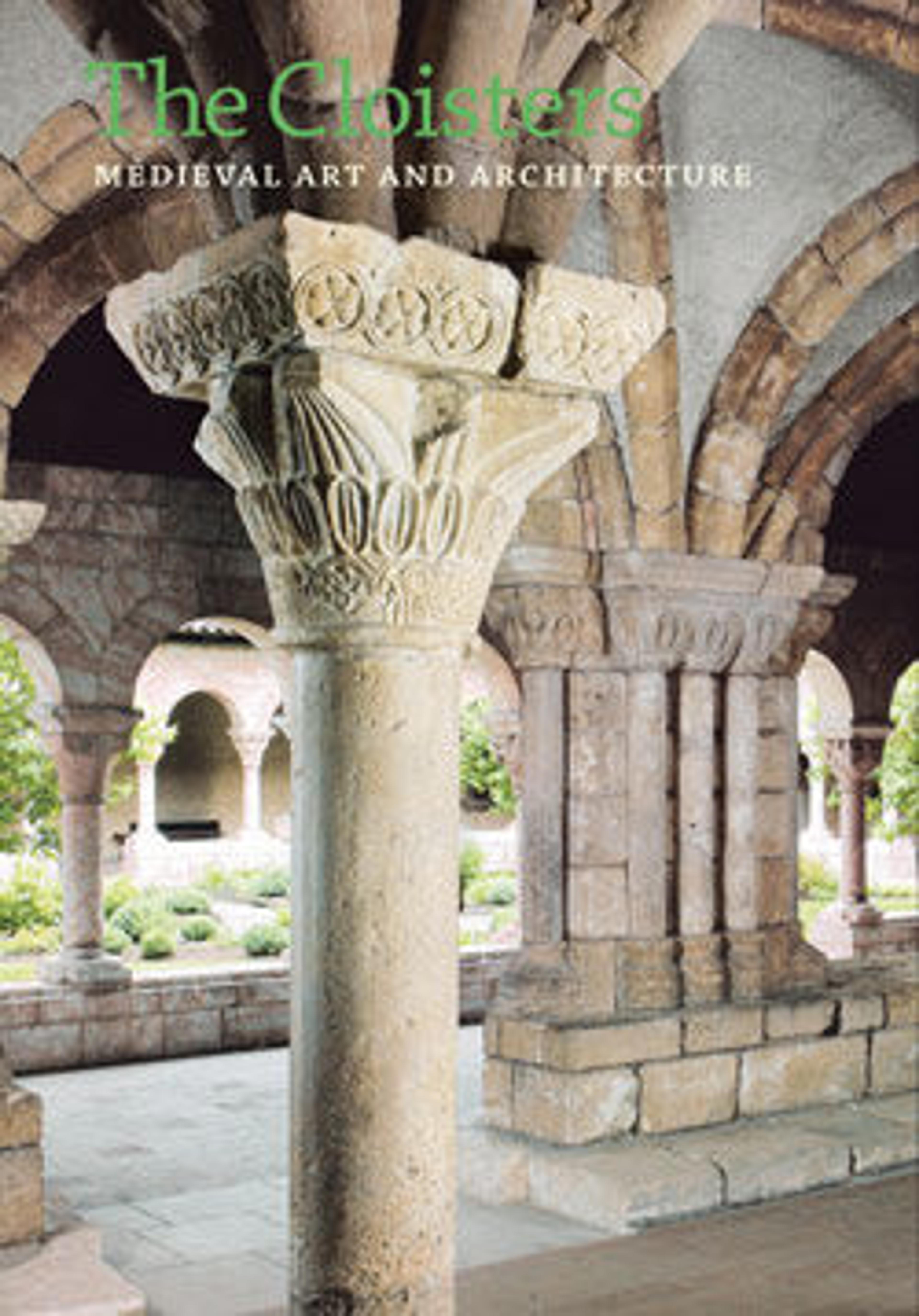Aquamanile in the Form of a Rooster
The rooster’s majestic tail feathers splay in rhythmic arcs as he crows, full-throated. The artist who modeled the bird boldly balanced the body on its tiny talons.
This elaborate water vessel was intended for handwashing. A specialty of metalworkers in German-speaking lands for centuries—from the twelfth to the fifteenth—they are called aquamanilia, from the Latin words for water (aqua) and hand (manus).
This elaborate water vessel was intended for handwashing. A specialty of metalworkers in German-speaking lands for centuries—from the twelfth to the fifteenth—they are called aquamanilia, from the Latin words for water (aqua) and hand (manus).
Artwork Details
- Title:Aquamanile in the Form of a Rooster
- Date:13th century
- Geography:Made in Lower Saxony, Germany
- Culture:German
- Medium:Copper alloy
- Dimensions:9 15/16 x 4 1/8 x 9 3/4 in. (25.2 x 10.5 x 24.7 cm)
Thickness: 11/16-15/16 in. (0.18-0.24 cm) - Classification:Metalwork-Copper alloy
- Credit Line:The Cloisters Collection, 1989
- Object Number:1989.292
- Curatorial Department: Medieval Art and The Cloisters
Audio
33. Aquamanile in the Form of a Cock
0:00
0:00
We're sorry, the transcript for this audio track is not available at this time. Please email info@metmuseum.org to request a transcript for this track.
More Artwork
Research Resources
The Met provides unparalleled resources for research and welcomes an international community of students and scholars. The Met's Open Access API is where creators and researchers can connect to the The Met collection. Open Access data and public domain images are available for unrestricted commercial and noncommercial use without permission or fee.
To request images under copyright and other restrictions, please use this Image Request form.
Feedback
We continue to research and examine historical and cultural context for objects in The Met collection. If you have comments or questions about this object record, please contact us using the form below. The Museum looks forward to receiving your comments.
